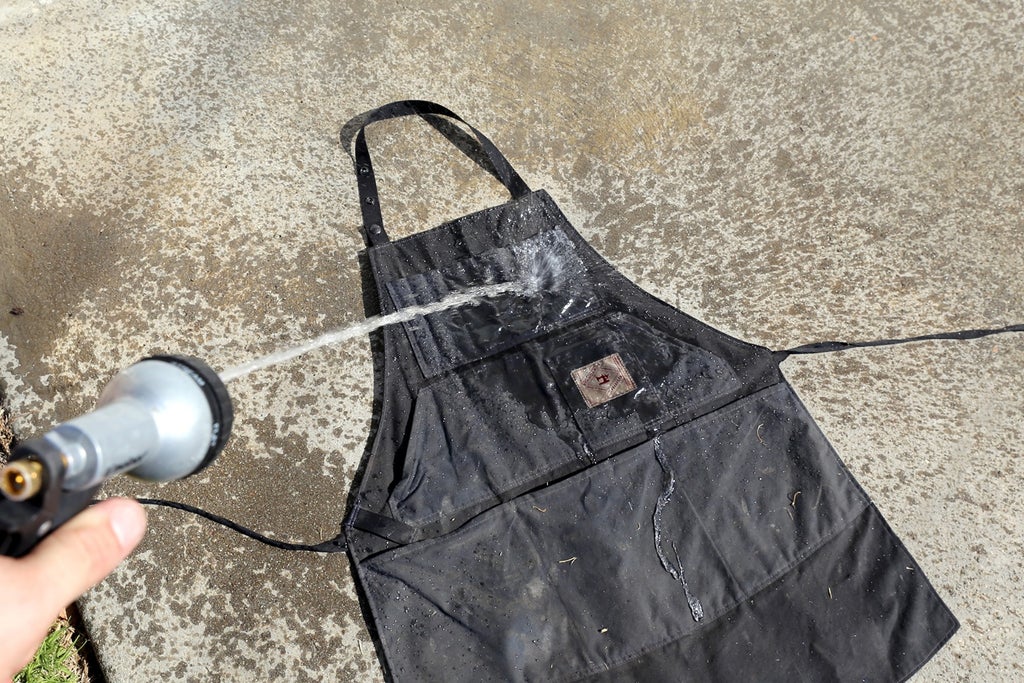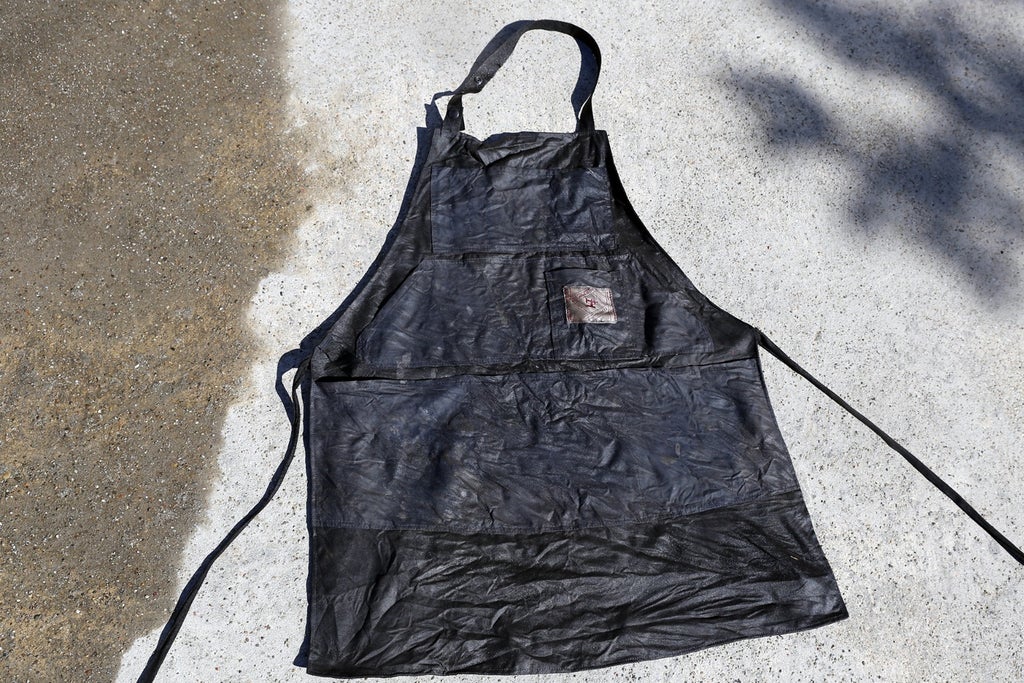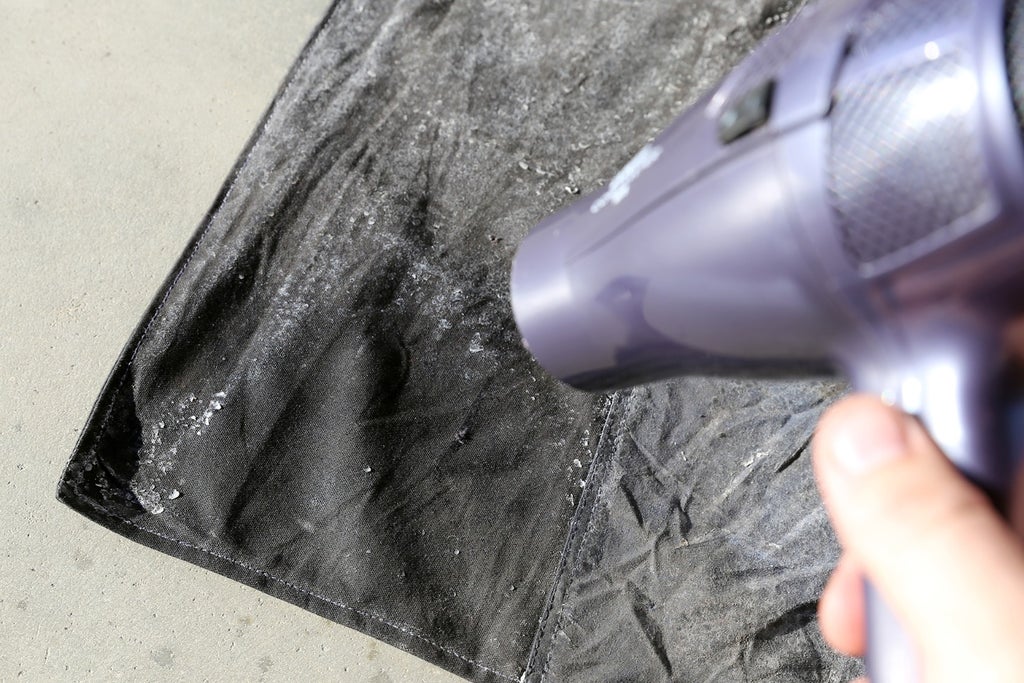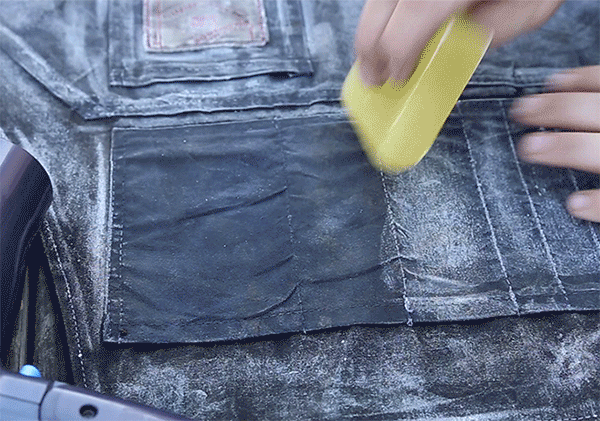Introduction: How to Wax Your Clothing and Gear
Applying wax to fabric gives it water resistant and hard wearing properties. Whether a backpack or work clothes, a waxed finish to your fabric is a wise choice for those that like to get a little messy in life.
As great as waxed fabric is, it's not for all items. Heavy cotton like denim and canvas are great for waxing, as are heavy cotton/synthetic blends; These fabrics are typically found in items like backpacks, aprons, pants, and jackets. Your leather dancing pants and polyester shirt, not so great for waxing.
Being a natural finish, all waxed fabrics will eventually fade and need to be reapplied. Luckily applying wax to fabric is easy, and I'll show you how!
Let's wax!
Step 1: Tools + Materials
There's not much you need to wax (or re-wax) your fabric, but you will need a special wax that's designed for fabrics.
- Item to wax (I'm using my work apron)
- Fabric wax
- Hair dryer
- Stiff bristle brush
You probably have most of this stuff at home, and the bar of wax lasts a long time and is good for lots of wax applications.
Step 2: Clean Your Fabric
Before applying any wax your fabric should be clean and free from dust and debris. In my case I am waxing my work apron, which has seen lots of use and needed to be brushed, blasted with compressed air, and cleaned with the hose and detergent and then scrubbed again before it was ready.

For large items like this I find it easiest to work outside, since it can get messy.

Using the hose, laundry detergent, and a stiff brush I scrubbed the fabric to remove any debris and residual wax. Getting down an homogenous surface of the base fabric will result in a more even application of wax.

If you wash your fabric make sure it's completely dry before moving on to any wax application. Wringing the fabric with my hands to remove water, I left my apron out in the sun for a few hours until it was dry.
Step 3: Wax
I used Fjallraven fabric wax, which is meant for their G-1000 line of semi-synthetic heavy garments. It's a hard bar of wax that has a neutral odor.
Thought any type of fabric wax can be used on almost any fabric, this technique works best of thicker fabrics like heavy denim and other similar types of fabric.
Step 4: Apply Wax
Lie your fabric on a flat and sturdy surface. Rub the wax into the fabric with a firm scrubbing motion, you should be able to clearly see where the wax was applied to the fabric.

Set the hair dryer to the high setting and wave it over the fabric to heat up the waxed area. Keep the hair dryer a few inches off the fabric to prevent overheating and move the hair dryer in a circular motion.

I find it easiest to work in small patches, heating to melt the wax completely before moving on to the next area. Pay special attention to seams and other areas that might require an additional application of wax.
Step 5: Wax On!
After the fabric has been waxed and cooled, examine to see if you missed any areas and if a second waxing is required.
Waxed fabrics to lose their waxed finish with use, so keep an eye on your finish and apply more wax as you need. I wax my apron about once a year to help prolong it's life and keep it from absorbing any spills.
Have you waxed your own fabric based on this Instructable? I want to see it!
Happy making :)

Participated in the
Travel Contest 2017













